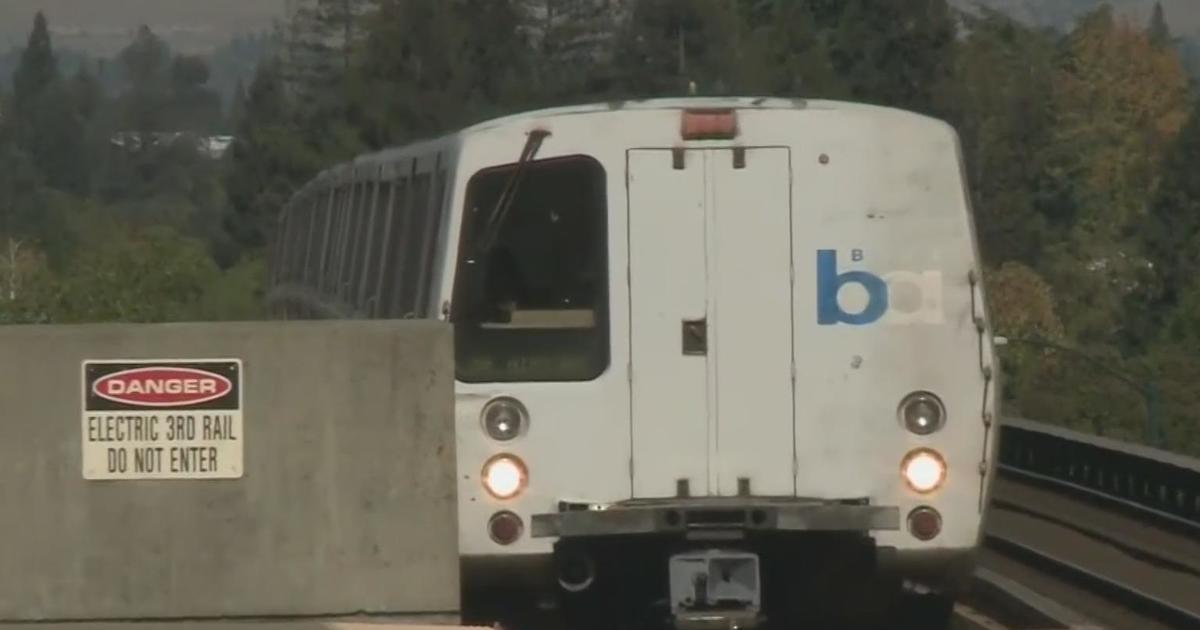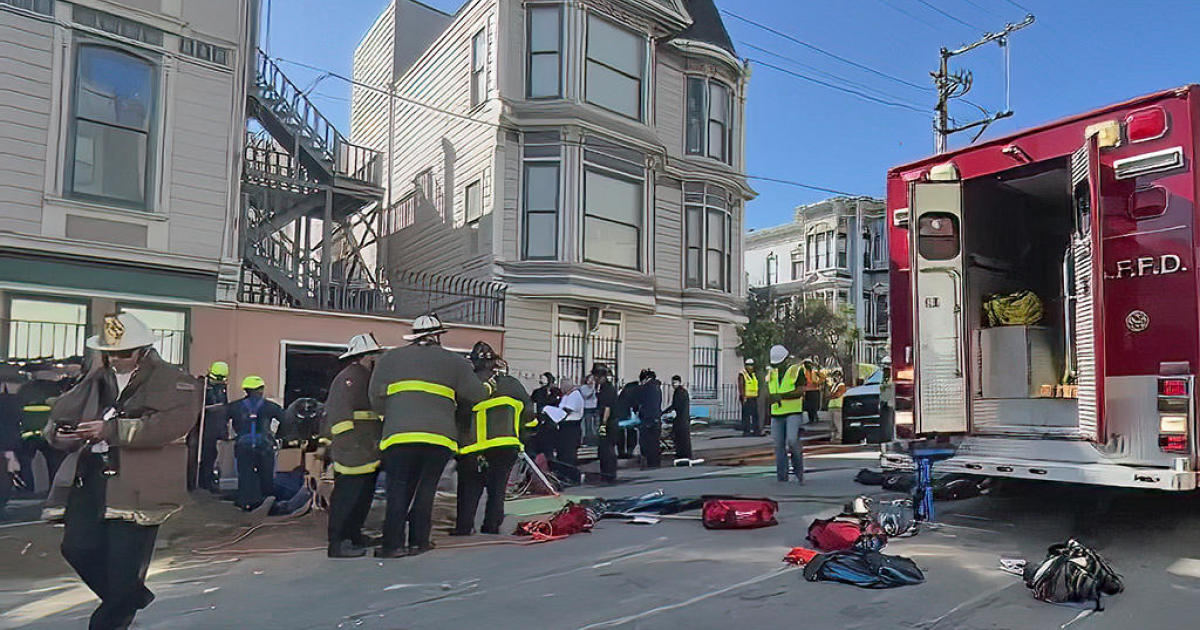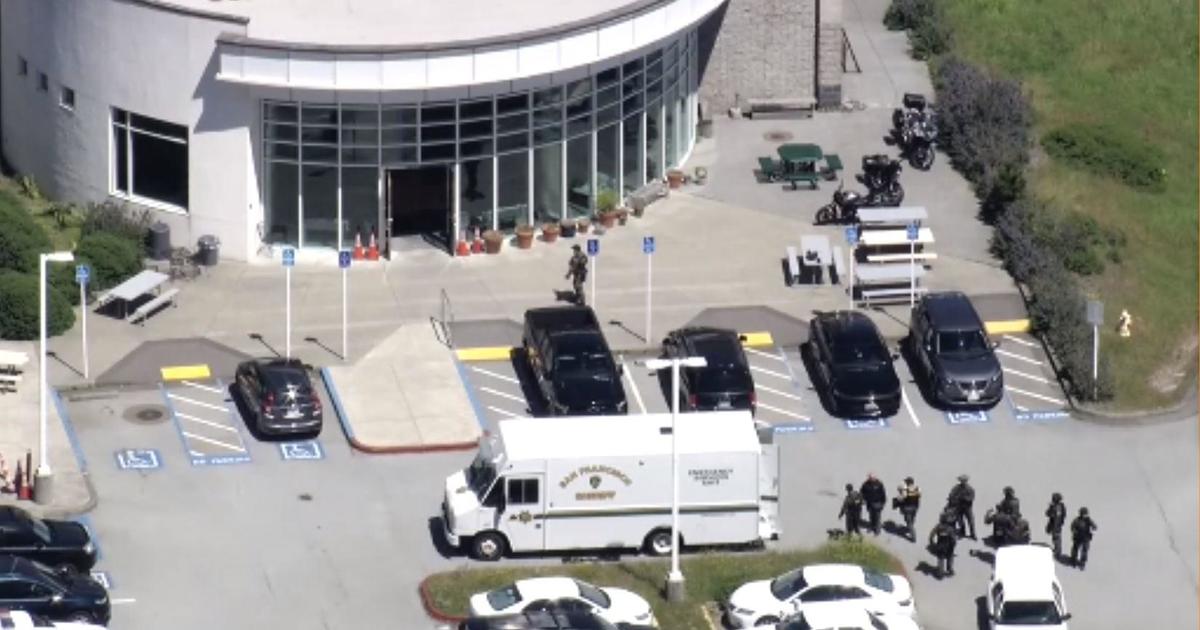Coronavirus Update: Bay Area Health Officers Extend, Amend Shelter-In-Place Order To Allow Some Outdoor Activities
SAN JOSE (CBS SF) -- Bay Area health authorities are amending the shelter-in-place order allowing for some outdoor activities such as construction, landscaping, as well as some recreational activities while keeping in place most of the current social distancing protocols.
The amended public health order is also being extended until the end of May. The current health order in place was set to expire on Monday, which will now be the day the new health order takes effect.
All construction activities, certain businesses that operate primarily outdoors, and some outdoor activities will be allowed to resume with specific conditions, according to the new health orders, which cover everyone living or working in the counties of Alameda, Contra Costa, Marin, San Francisco, San Mateo, and Santa Clara as well as the City of Berkeley, an independent public health jurisdiction.
Santa Clara County Health Officer Dr. Sara Cody, who on March 16 was the first U.S health official to order a regional shelter-in-place because of the coronavirus pandemic, expressed her gratitude to county residents for their collective sacrifice that helped save lives after the region. Santa Clara County was initially one of the flashpoints for the first cases of COVID-19 in the country with two of the first 11 cases in the U.S.
"My point here is to just remind us all here in Santa Clara County, we got something of a head start in this pandemic," said Cody. "But through gradual and collective action, starting with voluntary working at home and culminating in sheltering in place for the last six weeks, we have slowed the spread, flattened the curve, preserved our hospital capacity and prevented many, many deaths."
Raw Video: Santa Clara County Health Officer Dr. Sara Cody Remarks On Extended Stay-At-Home Order
"For this next phase to be successful, it is essential that all San Franciscans and Bay Area residents continue to stay home as much as possible, practice social distancing, wear face coverings when around other people, wash hands frequently, and stay vigilant in fighting the spread of the coronavirus," said Dr. Grant Colfax, head of San Francisco Public Health ."We will be watching the data very carefully, and do not want to see an erosion of our progress that could reverse everyone's hard work and sacrifice."
COMPLETE COVERAGE: CORONAVIRUS PANDEMIC
Under the new orders, all construction projects will be allowed to resume as long as the project complies with safety protocols included with the order. All real estate transactions will also now be able to resume, but with continued restrictions on open houses and limitations on in-person viewings. Any employee allowed to return to work at a facility can also access childcare programs that can operate.
Certain outdoor businesses can also begin operating again, and people can visit those businesses to perform work or obtain goods, services, or supplies. This includes wholesale and retail nurseries, landscapers, gardeners, and other businesses that primarily provide outdoor services as set forth in the order. Outdoor businesses do not include restaurants, cafes or bars, regardless of whether they have outdoor seating.
In addition, childcare establishments, summer camps, and other supervised care settings for children that allow owners, employees, volunteers, and contractors for essential businesses to continue would be allowed under the order. The operations must be in stable groups of 12 or fewer children, children cannot move from one group to another and providers must remain solely with one group of children.
Other activities that can resume under the new order include residential moves and the use of certain shared outdoor recreational facilities that were previously ordered closed, like skate parks, but not others that involve shared equipment or physical contact.
The Bay Area health officers also released a set of indicators to measure progress in containing the virus and ensure an infrastructure is in place to protect people from COVID-19.
The indicators include:
- Whether the total number of cases in the community is flat or decreasing;
- Whether the number of hospitalized patients with COVID-19 is flat or decreasing;
- Whether there is an adequate supply of personal protective equipment for all health care workers;
- Whether we are meeting the need for testing, especially for persons in vulnerable populations or those in high-risk settings or occupations; and
- Whether we have the capacity to investigate all COVID-19 cases and trace all of their contacts, isolating those who test positive and quarantining the people who may have been exposed.
"Our plan is to go slow, learn all that we can and continue to work across sectors and all levels of government to rapidly stand up the infrastructure and systems that we need and to chart the best path forward to protect and preserve the health of the residents who we all collectively serve," said Cody.
As of April 28, 2020, there were 7,273 confirmed coronavirus cases (up from 258 confirmed cases on March 15, 2020) and 266 deaths (up from 4 deaths on March 15, 2020) in the seven Bay Area jurisdictions jointly issuing the new order.
The lifting of stay at home orders for a few specific job types may be a small step for the greater Bay Area workforce, but it's a giant leap for the tens of thousands
of construction workers who can go back on the job starting Monday.
"You bet we want to get back to work. We just have to do it in a way that makes it safe for everyone," said Will Smith, a union electrical worker in San Jose.
Bay Area Health Officers, construction companies and labor unions have worked for weeks on new back to work protocols.
Returning workers will have to wear masks, socially distance and work in shifts to avoid crowded job sites.
"We just want the economy to come back and we are going to be safe," said Cecilia Cervantez, a single mother who's been laid off of her job as a commercial plumber for four weeks.
One contractor said following safety regulations is something contstruction workers are used to.
"This is the industry to choose to lead us out of what we're in," said Kevin Albanese of Albanese Construction in Santa Clara. "We know how to work safely on highways, we know how to work safely on high buildings, we know how to work safely underwater."
Len Ramirez contributed to this report.



